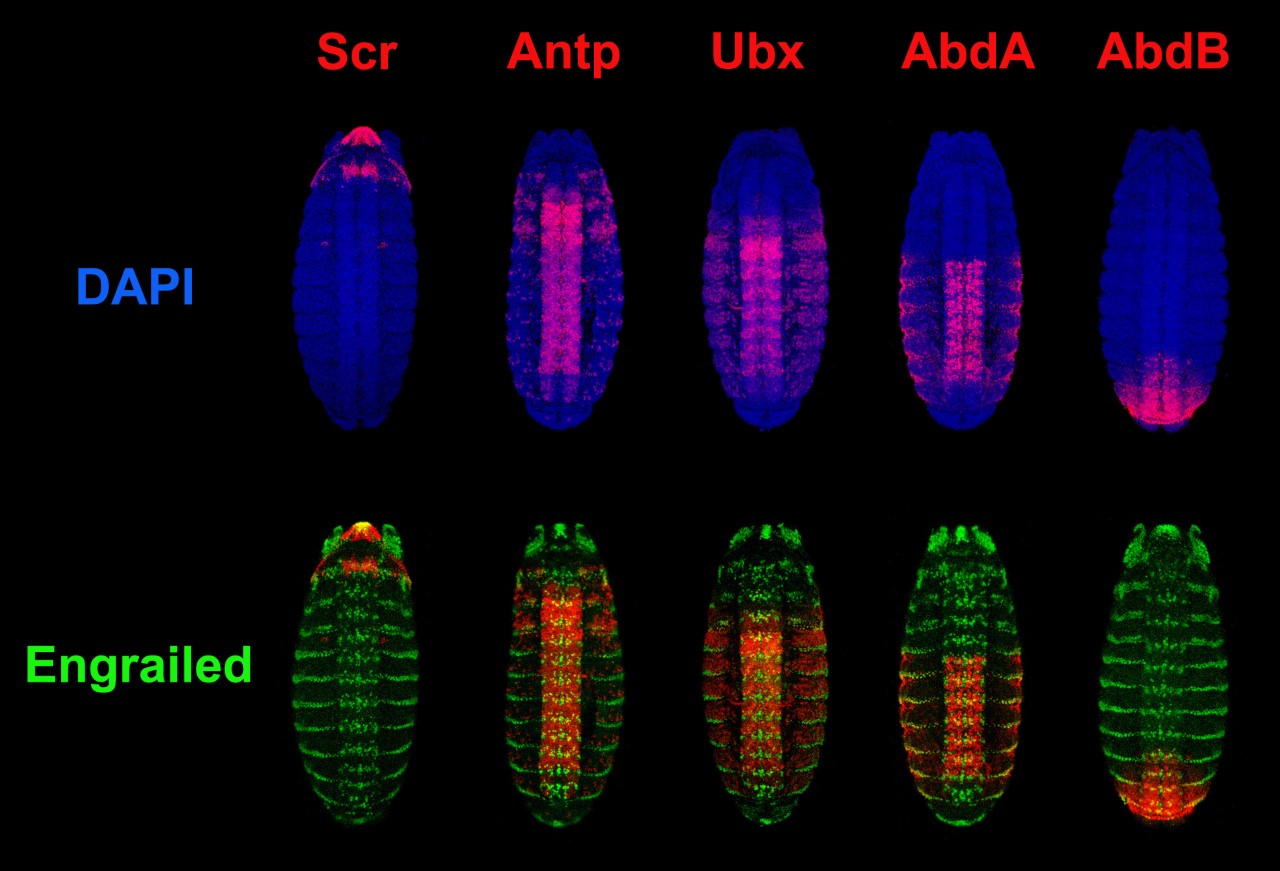How to Shape a Developmental Biologist? |The Node

The MBL Practical Course in Developmental Biology in Quintay, Chile, will be held Jan. 5-17, 2022. The course is primarily intended for Latin American students, but all may apply. At the end of the course, two students will receive the Quintay Prize, which includes a full fellowship to attend the MBL Embryology course (Woods Hole) in 2023. This post was written by a student in the 2020 Quintay course.
As astronomers look up to the sky to analyze the infinite universe, developmental biologists look at life unfolding, revealing itself under the light of the microscope. Stars above us, embryos below, we wonder about the possible worlds hindered from our sight. These reflections took place at “The Marine Biology Laboratory Practical course in Developmental Biology – Quintay 2020” in Chile, where a total of 18 students from 9 different countries (Argentina, Brazil, Chile, Colombia, Ecuador, India, Mexico, Puerto Rico and Uruguay) met, fascinated with the broad diversity of animals, range of experimental techniques, and the huge quality of faculty available in this course.
Despite the fact that most of us were working with one of a small number of “model organisms," we had the unusual chance to observe, describe and perform experiments with flatworms, sea urchins, fruit flies, zebrafish, African frogs, and chicken embryos. It was an intense 2 week-practical and theoretical course at the facilities of the Quintay Marine Research Center (CIMARQ) of the Andres Bello University. This immersive experience right next to the Pacific seashore of Chile, together with a remarkable array of experts in different fields of developmental biology in a friendly environment, encouraged us to explore some of the frontiers and unanswered questions in developmental biology.
The course began with the Drosophila module, coordinated by Profs. Nipam Patel (MBL, USA) and John Ewer (University of Valparaiso, Chile). We were introduced to the basic aspects of invertebrate embryogenesis, genetics, and the powerful impact of the Drosophila model in developmental biology. Nipam was a very engaging lecturer, transmitting us the beauty of visualizing embryos under a confocal microscope, and giving us the most useful advice for nice immunostainings: “You just need to Wash! Wash! Wash! …and have faith.” We got stunning expression patterns of Hox genes in Drosophila embryos that will become part of a joint publication with results from previous versions of this course. Next, Nipam introduced us to evo-devo, the possibility of exploring evolution through the lens of development, by analyzing the gene regulatory networks that establish the anterior-posterior axis of the crustacean Parhyale hawaiensis in comparison to Drosophila. Read more of the article here...
 Hox gene expression in Drosophila; data collected by Quintay course students. Photo courtesy of Nipam Patel.
Hox gene expression in Drosophila; data collected by Quintay course students. Photo courtesy of Nipam Patel.